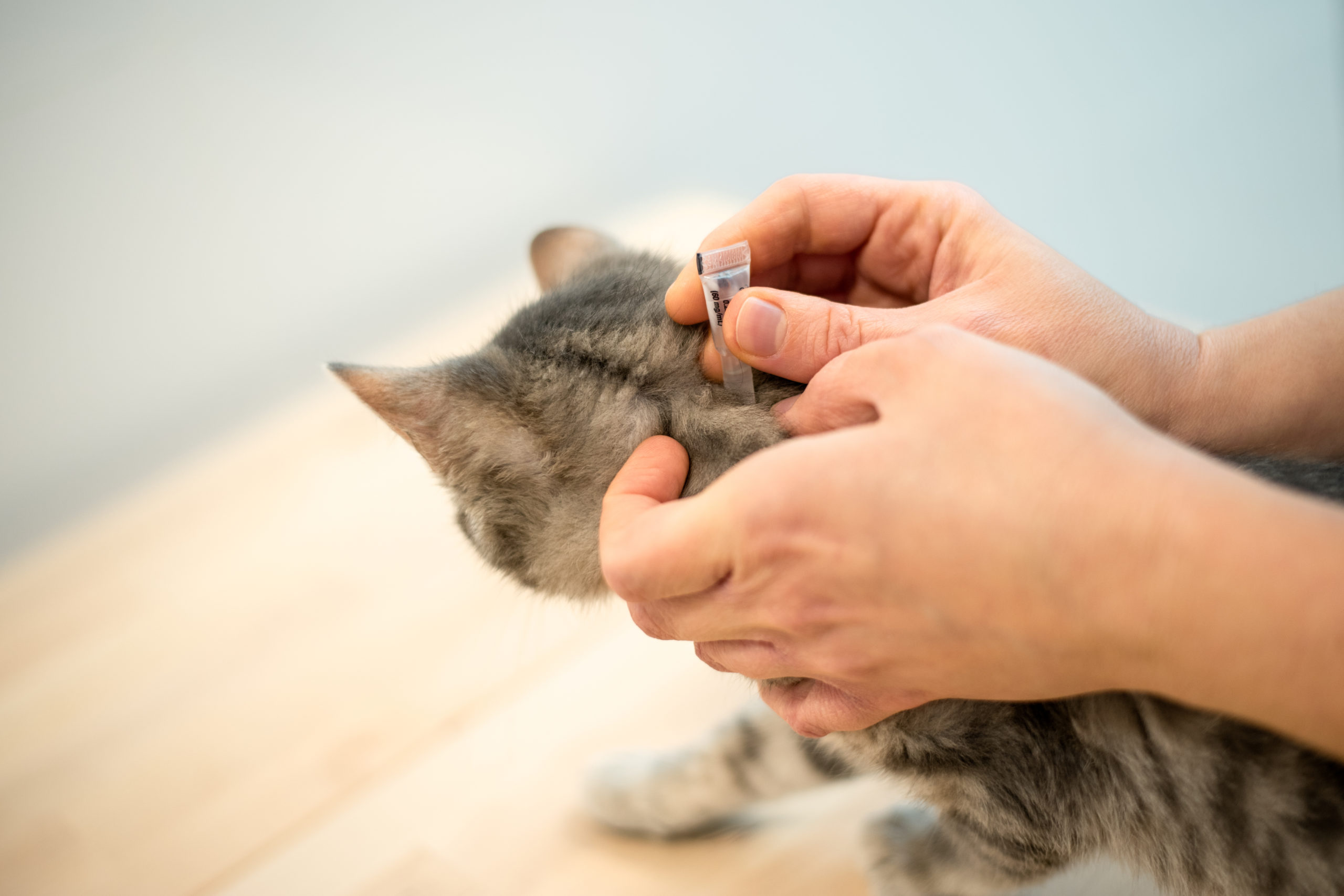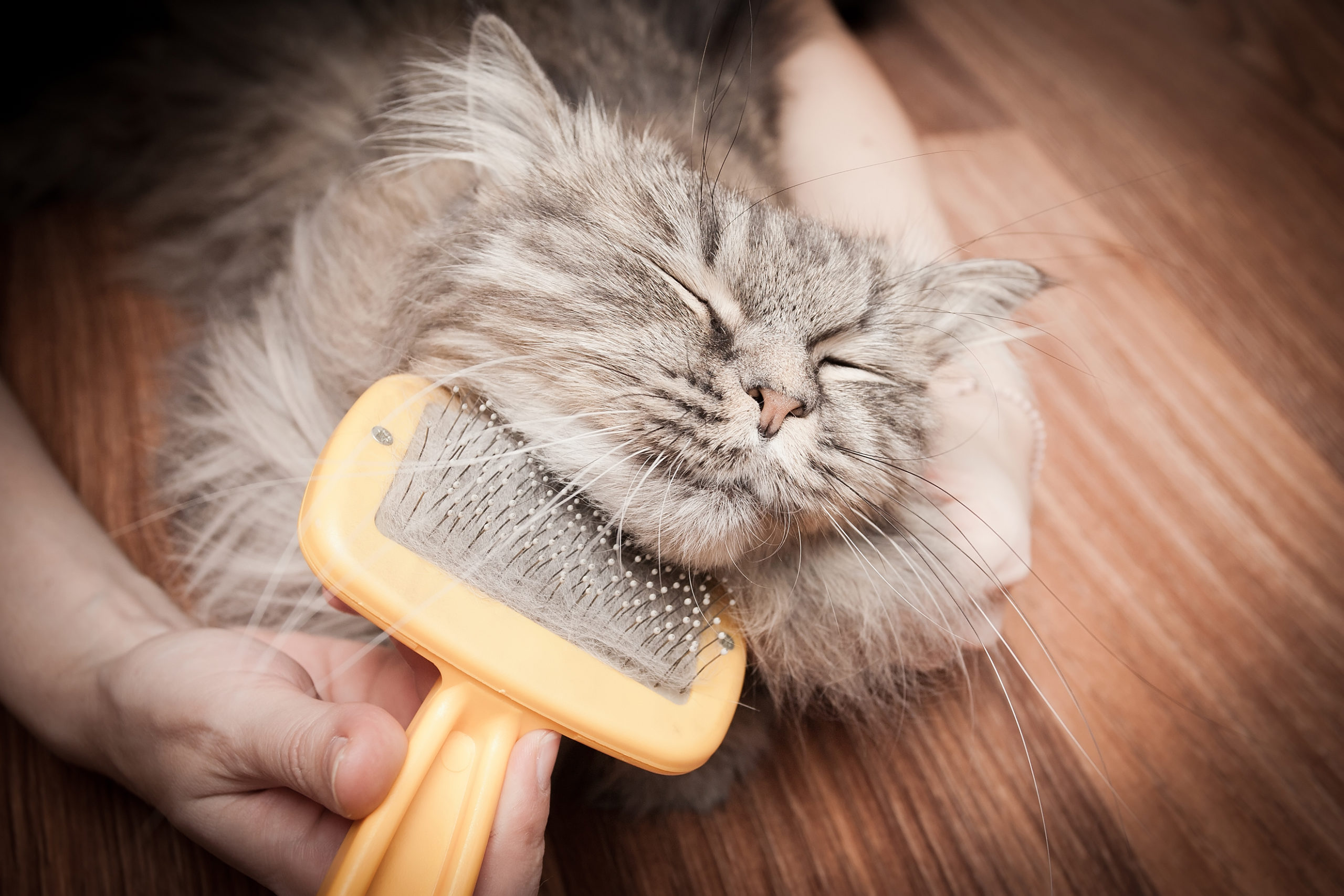How to Prevent Your Pets from Bringing in Pests
How to Prevent Your Pets from Bringing in Pests
Pets and Pests
Unfortunately, just as pest infestations affect us, they can affect our beloved pets as well, and in most cases where pests and pets interact, they can bring these pests into your home. Luckily, with a bit of vigilance, you can either quickly treat, or avoid these concerns altogether. 
Preventative Treatments for Your Pets
Just like how we can wear mosquito repellant, our pets have some preventative options as well. Products like Frontline Plus, K9 Advantix, and more all provide protection for pets against both fleas and ticks. Talking with your veterinarian can help you select the best preventative products pests into your home for you and your furry friends. 
Keeping Your Yard Tidy
Loads of insects lurk in areas of dark dense foliage. As such, it is helpful to keep these densely covered areas to a minimum. Try cutting back trees and bushes, pulling weeds, raking up leaves and dead plants, and removing unnecessary piles of wood. You can also keep your lawn well mowed and bushes trimmed so that they do not touch the ground. This will both help your yard from becoming a hub for pests and reduce the risk of your furry friends bringing those pests indoors. Furthermore, unwelcome guests of all kinds wander through yards in Illinois. Deer, rabbits, racoons, squirrels, opossums, geese, voles and more can not only ruin your gardens, but they can carry in ticks on their fur. Contrary to popular belief, ticks aren’t hiding in the woods waiting to jump on their victims as soon as they walk by. These arachnids grab onto unsuspecting passerby’s to find new hosts and travel from place to place. Once ticks are attached onto the fur of different animals they can be brought right into your yard, posing a risk for you, your family, and your pets. By guarding your yard from different animals that can trail through, you greatly reduce your risk of ticks being brought into your space. Installing a fence, even just a chain link fence, is a great way to achieve this extra protection. 
Tick Checks
After being in any wooded areas or locations where ticks are known or suspected to inhabit, it is extremely important to conduct a tick check on both your family and your pets. Not only will this prevent ticks that were on your clothing and pet’s fur from getting into your home, but it’s vital to help prevent those ticks from biting and attaching onto you. On your pets, you will want to examine their fur, trails, ears, etc. Also, as mentioned above, it is also extremely helpful to utilize preventative tick products such as Frontline Plus, K9 Advantix, or other tick/flea repellants recommended by your vet. 
Regularly Groom Your Furry Friends
Brushing your pets regularly provides you with a great opportunity not only to potentially dislodge any pests that might be clinging to their fur, but also notice a reduce your risk of ticks before it becomes an infestation. Pests like ticks and fleas are easier to detect in untangled fur and the act of brushing can even reveal them to you. Also, by routinely bathing dogs that spend time outdoors, you greatly reduce the risk of them bringing a variety of bugs into your home. 
Regularly Clean Your Pet’s Bedding
Just like they bite us, bed bugs are more than happy to make a feast of your furry friends. If you suspect or know you have bed bugs in your home, it is important to check your pet’s bedding, cat trees, etc., as bed bugs may be hiding in these areas. Furthermore, when fleas lay eggs on their host they will typically call off into the surrounding environment before hatching. This often happens in pet’s bedding and washing these areas can help prevent large flea infestations. 
Citations
11 Bugs to Watch Out For If You Have Pets (2017) American Pest. Available at: https://www.americanpest.net/blog/post/11-bugs-to-watch-out-for-if-you-have-pets (Accessed: September 2020). Collins, M. (2012) Bed Bugs and Pets: Answers to Your Questions – PetHelpful – By fellow animal lovers and experts, PetHelpful. Available at: https://pethelpful.com/pet-ownership/Bedbugs-and-Cats (Accessed: March 2, 2021). Fleas and Ticks (no date) ASPCA. Available at: https://www.aspca.org/pet-care/general-pet-care/fleas-and-ticks (Accessed: February 23, 2021). Hill, C. and MacDonald, J. (2008) Fleas, Purdue University . Purdue’s College of Agriculture: Entomology Department. Available at: https://extension.entm.purdue.edu/publichealth/insects/flea.html (Accessed: September 2020). Prevention and Control: Fleas (N/A) Illinois Department of Public Health. The Division of Environmental Health. Available at: http://www.idph.state.il.us/envhealth/pcfleas.htm (Accessed: May 2020). Preventing Ticks on Your Pets (2019) Centers for Disease Control and Prevention. The National Center for Emerging and Zoonotic Infectious Diseases and the Division of Vector-Borne Diseases. Available at: https://www.cdc.gov/ticks/avoid/on_pets.html (Accessed: February 23, 2021). Ticks and Tick Removal (2018) International Cat Care. Available at: https://icatcare.org/adive/ticks-and-tick-removal/(Accessed: June 2020).
Request a Free Quote Today
(We do not share your data with anybody, and only use it for its intended purpose)


